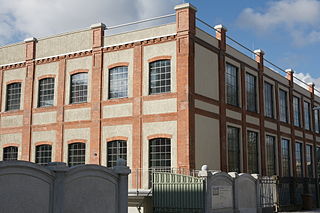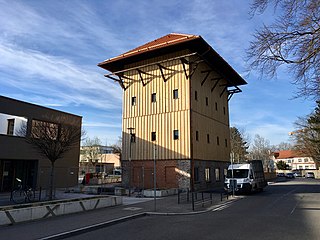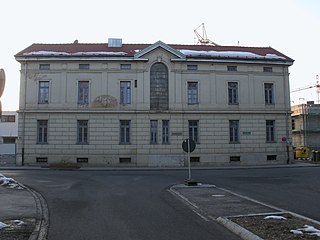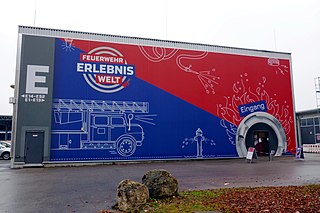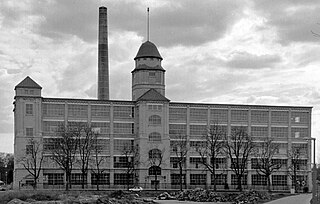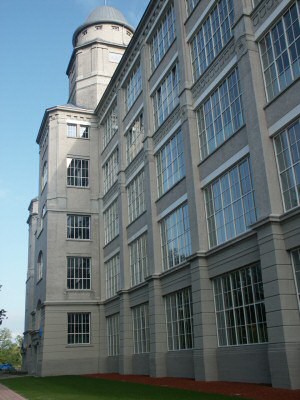Self-guided Sightseeing Tour #5 in Augsburg, Germany
Legend
Guided Free Walking Tours
Book free guided walking tours in Augsburg.
Guided Sightseeing Tours
Book guided sightseeing tours and activities in Augsburg.
Tour Facts
1.4 km
17 m
Experience Augsburg in Germany in a whole new way with our free self-guided sightseeing tour. This site not only offers you practical information and insider tips, but also a rich variety of activities and sights you shouldn't miss. Whether you love art and culture, want to explore historical sites or simply want to experience the vibrant atmosphere of a lively city - you'll find everything you need for your personal adventure here.
Activities in AugsburgIndividual Sights in AugsburgSight 1: TIM Staatliches Textil- und Industriemuseum
The Augsburg textile and industry museum, known by its acronym tim, is a museum in Augsburg a city in the south-west of Bavaria, Germany. It is situated in the Augsburger Kammgarnspinnerei, a former worsted spinning mill. The museum is an Anchor point on the European Route of Industrial Heritage.
Wikipedia: Augsburg textile and industry museum (EN), Website
Sight 2: Färberturm
The dyer's tower, which was used in the 18th and 19th centuries by the guild of bleachers and dyers, was used to hang out and dry dyed lengths of fabric. One such testimony to the flourishing textile industry has been preserved in the textile city of Augsburg: a dyeing tower on the site of the former Augsburg worsted yarn spinning mill (AKS) has been placed under monument protection.
Sight 3: Kammgarn-Selimiye-Moschee
The former wash and bath house at Schäfflerbachstraße 30 in Augsburg is an architectural monument of the Am Schäfflerbach district. In 1997 it was placed under monument protection.
Wikipedia: Wasch- und Badehaus Schäfflerbachstraße Augsburg (DE)
Sight 4: Feuerwehrerlebniswelt
The Fire Brigade Experience World in Augsburg is an exhibition that has been in existence since May 2021 and deals with the topic of fire protection.
Sight 5: H2 Zentrum Kunst für Gegenwartskunst
The H2 – Center for Contemporary Art is the municipal museum for contemporary art in Augsburg. It was opened on 23 May 2006 in the Augsburg Glass Palace.
Sight 6: Glaspalast
The Glass Palace is an industrial monument in Augsburg, which was put into operation in 1910 as the fourth and final expansion stage of the Mechanical Cotton Spinning and Weaving Mill Augsburg (SWA). It is located on Otto-Lindenmeyer-Straße, named after SWA's first major company manager. Production ended in 1988 with the bankruptcy of the company. The building was temporarily owned by the city of Augsburg and was sold to Ignaz Walter in 1999. As a refinancing of the renovation, the demolition of the mill's weaving shed halls was permitted. This new development area is now called Aumühle, which means that the former factory name lives on.
Share
How likely are you to recommend us?
Disclaimer Please be aware of your surroundings and do not enter private property. We are not liable for any damages that occur during the tours.
GPX-Download For navigation apps and GPS devices you can download the tour as a GPX file.
